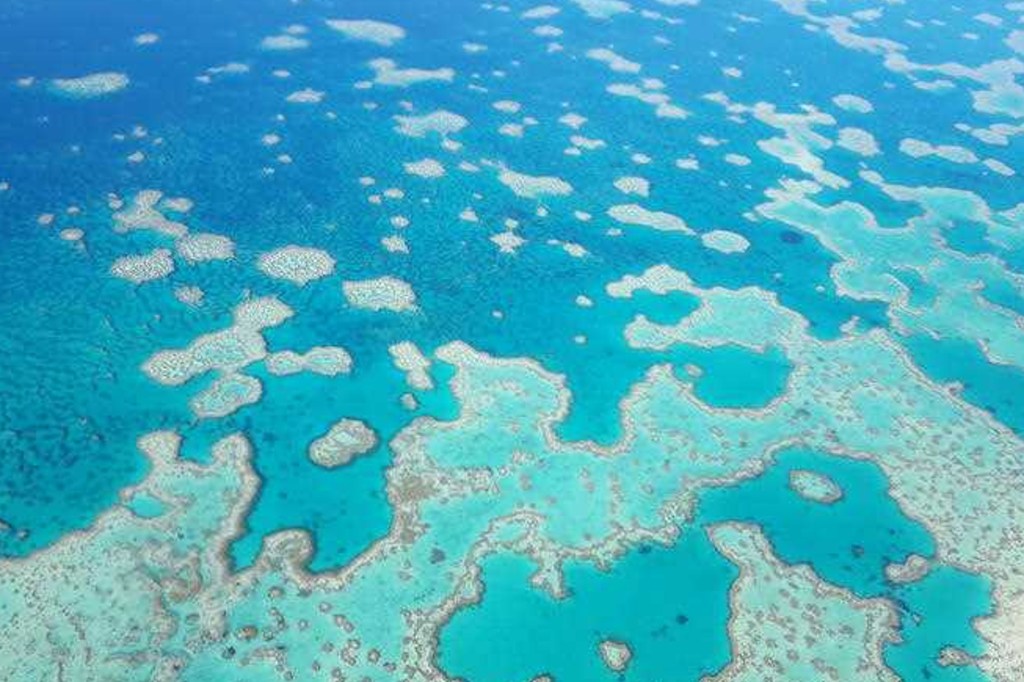Reef coral battling after bleaching, natural disasters
Coral cover on the Great Barrier Reef continues to struggle following extensive bleaching events which are increasing in frequency amid climate change.

Substantial coral losses on the Great Barrier Reef of up to 72 per cent have been recorded following extensive bleaching and natural disasters last summer.
The Australian Institute of Marine Science revealed the damage on Tuesday, following in-water surveys of 19 reefs between Lizard Island and Cardwell in north Queensland.
The institute has conducted its first routine surveys of a long-term monitoring program across different reefs since a serious and extensive mass bleaching event and two cyclones and flooding between December 2023 and March 2024.
Analysis from in-water surveys took place between August and October and found “substantial losses of coral cover on 12 reefs” ranging from 11 to 72 per cent of pre-summer levels.
The 19 total reefs surveyed stretch 404km along the northeast coast of Australia and are areas hit by cyclones and flooding in the last 12 months.
You might like
Scientists found more than a third of hard coral cover – a measure of the percentage of live coral on the surface – was lost across the Cooktown-Lizard Island area.
It is the largest annual decline for that sector in 39 years of monitoring by the institute.
Further south, Cairns’ sector coral cover declined by just over a third across five reefs surveyed and off Innisfail, coral cover remained similar to pre-summer levels.
Institute monitoring leader Mike Emslie says coral loss is a combination of exposure to summer disturbances and climate change-driven bleaching.
Stay informed, daily
In the last eight years the Great Barrier Reef has experienced five mass bleaching events.
Some 74 per cent of the reef was affected over the 2023/24 summer.
“From what we have seen so far, the impact from these events is significant coral mortality in those areas hardest hit, although the level of mortality has been variable, and a few reefs escaped significant loss,” Dr Emslie said.
“We still have a lot of reef to monitor and a full assessment of the impact on coral cover across the marine park will be available in mid-2025.”
Manuel Gonzalez Rivero from the institute said the preliminary results give an idea of the 2023/24 summer impacts, with further monitoring planned.
“The losses of coral we’ve recorded so far are significant. Despite these losses, coral cover on most reefs is at moderate levels of between 10 and 30 per cent,” he said.
“These initial results show the vulnerability of the reef to bleaching events, which are increasing in frequency, footprint and intensity under climate change.
“Its resilience is being severely tested.”





